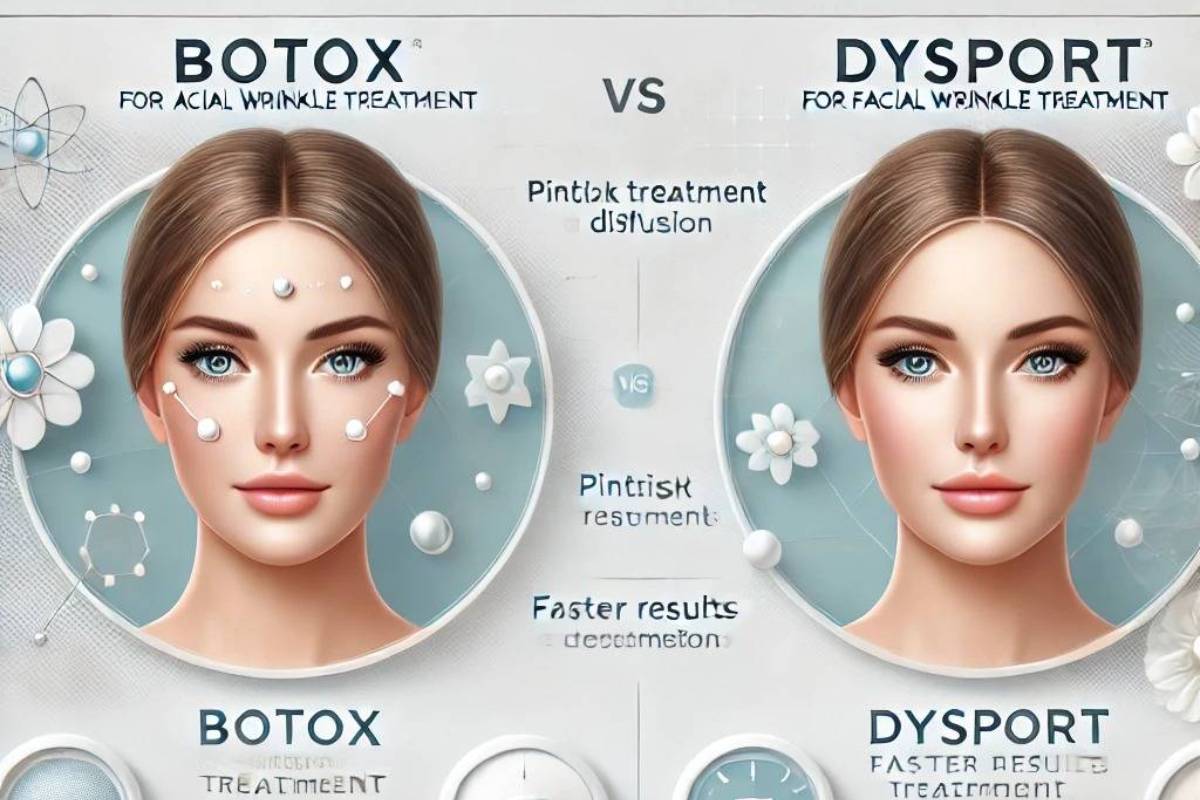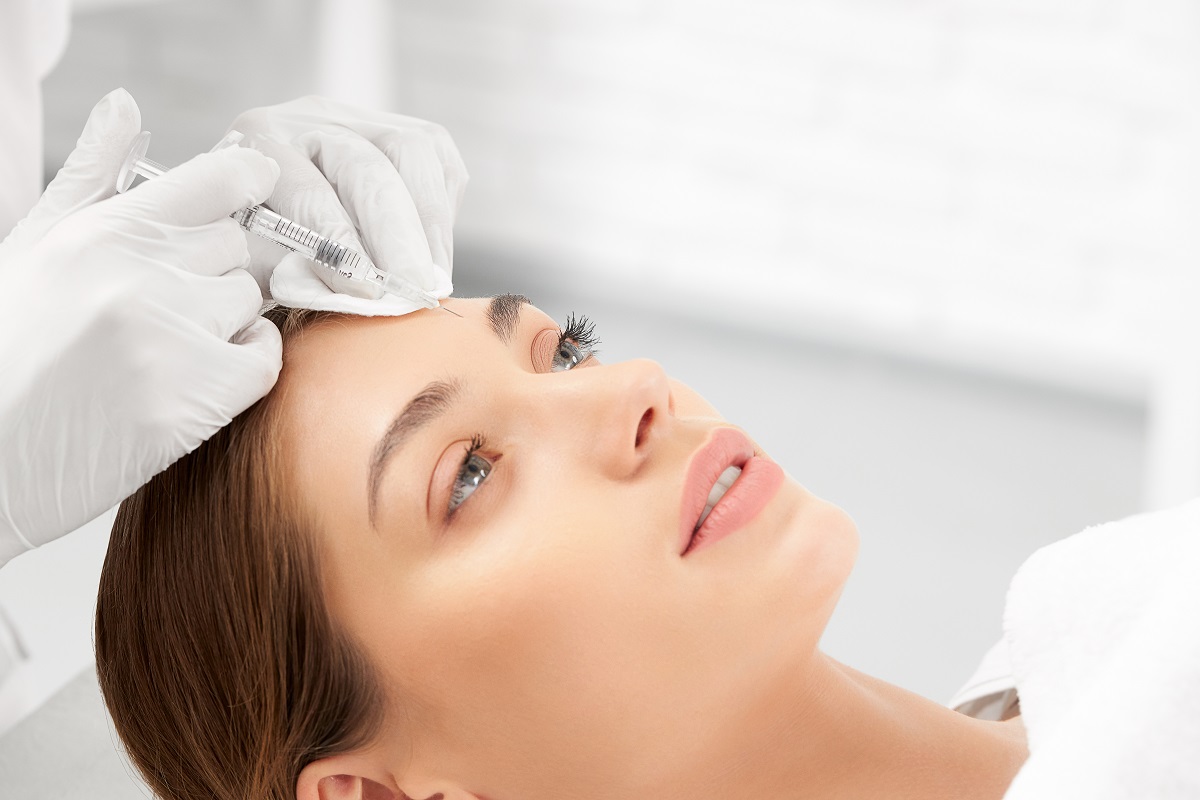Amazing New Face Blog

What Are the Differences Between Botox and Dysport for Facial Wrinkles?
When it comes to smoothing facial wrinkles and reclaiming youthful skin, Botox and Dysport are often top contenders. These treatments have gained immense popularity, but their similarities often lead to confusion. So, what sets them apart? By the end of this article, you’ll have a clear understanding of both options and actionable insights to help you decide which is best for you.
The Science Behind Wrinkle Treatments
Facial wrinkles are a natural part of aging, but thanks to modern science, they’re no longer inevitable. Both Botox and Dysport belong to a class of injectables known as botulinum toxin type A, designed to relax facial muscles and soften the appearance of fine lines and wrinkles. However, their formulations and applications differ in subtle but significant ways.
Botox vs. Dysport: An Overview
What Is Botox?
Botox, developed by Allergan, is a household name in cosmetic treatments. It works by temporarily paralyzing the targeted muscles, preventing them from contracting and creating wrinkles. Common treatment areas include:
What Is Dysport?
Dysport, produced by Ipsen, is another botulinum toxin type A product. It’s similar to Botox but has a different protein structure, which makes it diffuse more quickly and cover broader areas. Popular treatment areas include:
- Forehead lines
- Smile lines
- Neck bands

Key Differences Between Botox and Dysport
-
Molecular Structure and Diffusion
Botox has a heavier molecular structure, making it more precise in targeting small areas. Dysport, on the other hand, has smaller molecules that allow it to spread over a wider area. This difference can make Dysport a better option for treating larger areas like the forehead.
-
Onset of Results
- Botox: Results typically appear within 3-7 days.
- Dysport: Results can appear as quickly as 2-3 days.
If you’re looking for faster results, Dysport might be your preferred choice.
-
Duration of Effects
Both treatments last approximately 3-4 months, though individual results may vary. Some users report that Dysport may last slightly longer, especially in larger treatment areas.
-
Dosage and Units
- Botox and Dysport are measured differently. For example, 1 unit of Botox roughly equals 2.5-3 units of Dysport. This doesn’t mean Dysport is less effective; it simply requires a higher number of units for the same result.
-
Cost Considerations
While Botox and Dysport are similarly priced per treatment, Dysport may seem more affordable due to its larger unit requirements. However, the actual cost will depend on your provider and the treatment area.
Choosing the Right Treatment for Your Needs
-
Consult a Qualified Professional
Before making a decision, consult a board-certified dermatologist or plastic surgeon. They can assess your skin type, muscle activity, and aesthetic goals to recommend the most suitable option.
Alternatively, you can
-
Consider Your Treatment Area
- Small, Precise Areas: Botox is often recommended for targeting small areas like crow’s feet.
- Larger Areas: Dysport’s broader diffusion makes it ideal for areas like the forehead.
-
Factor in Your Timeline
If you’re preparing for an event and need quick results, Dysport’s faster onset time might be advantageous.
-
Review Past Experiences
If you’ve tried one treatment and weren’t fully satisfied, consider switching to the other. Many users experiment with both to determine their preference.
Frequently Asked Questions
-
Is one treatment more painful than the other?
Both Botox and Dysport injections are relatively painless, often described as a slight pinch. Your provider may use a numbing cream to enhance comfort.
-
Are the side effects different?
Common side effects, such as mild swelling or bruising, are similar for both treatments. Rarely, you may experience headaches or temporary drooping in the treated area.
-
Can Botox and Dysport be combined?
In some cases, providers may recommend combining the two treatments to achieve optimal results, especially if different areas of the face require varied approaches.
-
How do I maintain my results?
Regular maintenance treatments every 3-4 months can help preserve your results. Following a healthy lifestyle and skincare routine also enhances longevity.
The Bottom Line: Botox or Dysport?
When it comes to choosing between Botox and Dysport for facial wrinkles, there’s no one-size-fits-all answer. Each treatment has its strengths, and the right choice depends on your individual needs, goals, and preferences. By consulting a qualified professional and understanding the nuances of each product, you can achieve the smooth, youthful look you desire.
